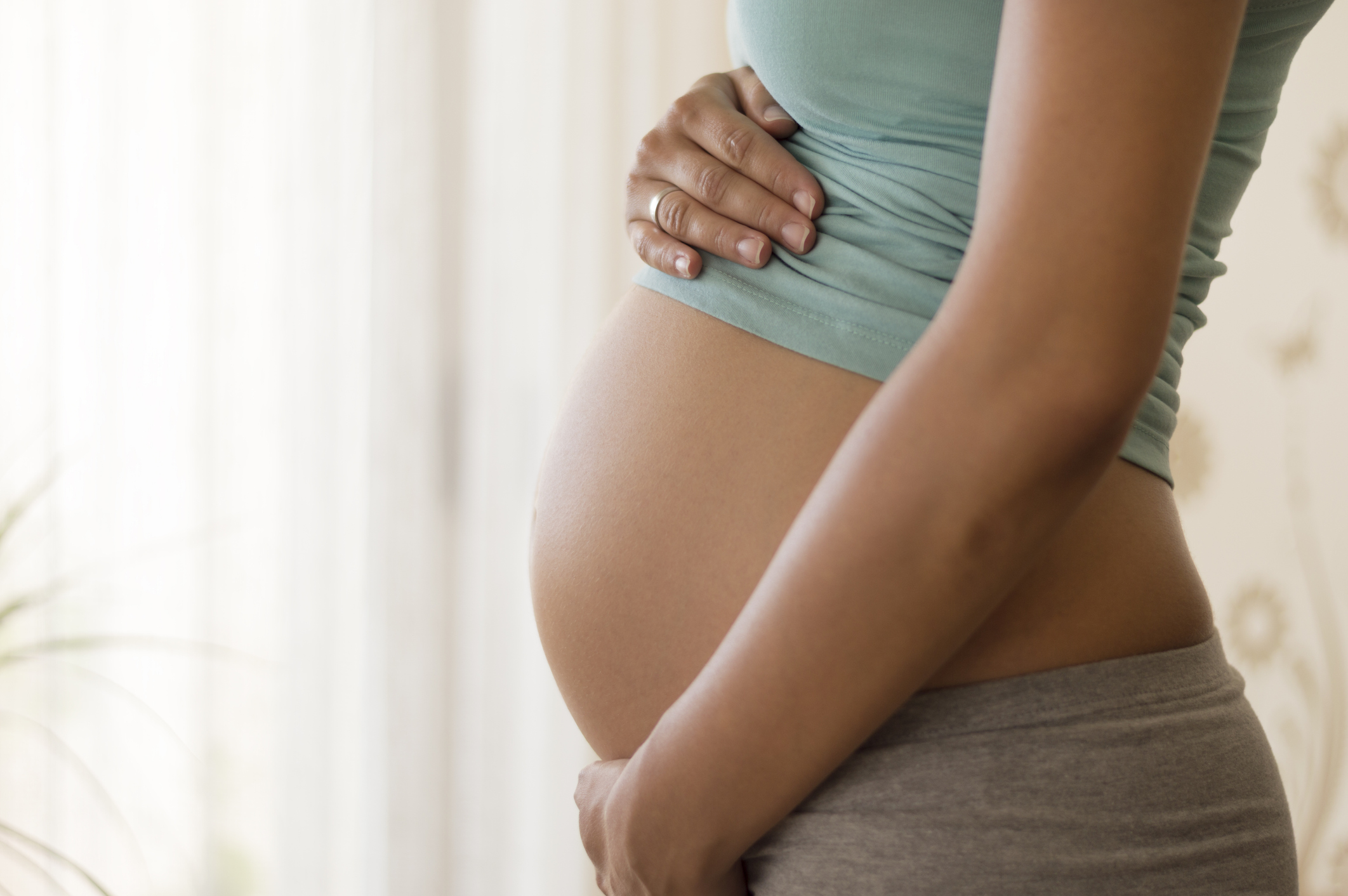A woman’s childbearing age begins with her first period, at puberty. From that moment on, specialists point out that their most fertile vital stage is between 20 and 30 years of age, and it is in this decade when their reproductive capacity begins to progressively reduce.
This happens due to the diminishing finite ovarian reserve with which every woman is born. That is, the number of eggs at the beginning of life, about one million, drops to about half in adolescence and only 400-500 oocytes reach ovulation with each menstrual cycle. Likewise, the eggs age, as happens with the rest of the body’s cells, which means that the chances of achieving a pregnancy decrease and the risk of miscarriage increases with age.
With this starting point, the reality is that the human species has a low reproductive rate and, in addition, after the age of 35, a woman’s fertility decreases notably: her probability of pregnancy per month is around 10% and decreases progressively to 5% by the age of 40.
Therefore, age is a key element when it comes to having a child. Despite this, the average age at which women have their first child in Spain has increased to 32, seven more than in 1980, when it was 25. This means that problems in achieving pregnancy naturally are becoming more and more common.
However, age is not the only factor. In the process of conceiving a child, both naturally and through assisted reproduction, other factors such as, for example, diseases that influence reproductive health, stress or lifestyle habits are determinants.
Probability of pregnancy as a function of your age from year to year
Eugin’s specialists have developed a fertility calculator that takes into account the pregnancies achieved by women who have had sex during their fertile days and their years, in order to find out the chances of having a child depending on the age at which they start trying to achieve pregnancy.
Age
Without egg freezing
With egg freezing

Recommended age limit: 40
Chance of pregnancy
Probability of pregnancy between 18 and 38 years of age
Between 18 and 22 years of age:
- 23: 84%
- 24: 83%
- 25: 81%
- 26: 80%
- 27: 78%
- 28: 75%
- 29: 72%
- 30: 69%
- 31: 66%
- 32: 63%
- 33: 61%
- 34: 60%
- 35: 58%
- 36: 57%
- 37: 52%
- 38: 50%
Probability of pregnancy between 39 and 42 years of age
After the age of 39, the cumulative probability of pregnancy is less than 50%, so many patients begin to seek help to fulfil their dream of motherhood by resorting to treatments such as in vitro fertilisation, artificial insemination and other assisted reproductive techniques.
Here is the cumulative probability of pregnancy by age for women between 39 and 42 years old.
- 39: 49%
- 40: 47%
- 41: 46%
- 42: 36%
Treatments that help improve the chances of pregnancy
It is easy to see that the probability of achieving pregnancy decreases as time goes by. However, sometimes the ideal biological moment does not coincide with the vital period in which a woman finds herself, and this results in delayed childbearing and problems in conceiving.
However, nowadays, there are techniques such as egg freezing or oocyte vitrification that allow the preservation of fertility. Through this technique, a woman’s mature eggs can be saved for future use with the same probability of pregnancy as at the time the treatment was performed. For example, a woman could vitrify her eggs at age 29 and use them at age 40, preserving the probability of pregnancy at the time of vitrification.
With this process, it is possible to postpone the decision to become a mother with your own eggs and have the peace of mind that when that time comes, in the event that you need to resort to an assisted reproduction technique, the woman will have the same chances of becoming pregnant as they had at the time of vitrification.





